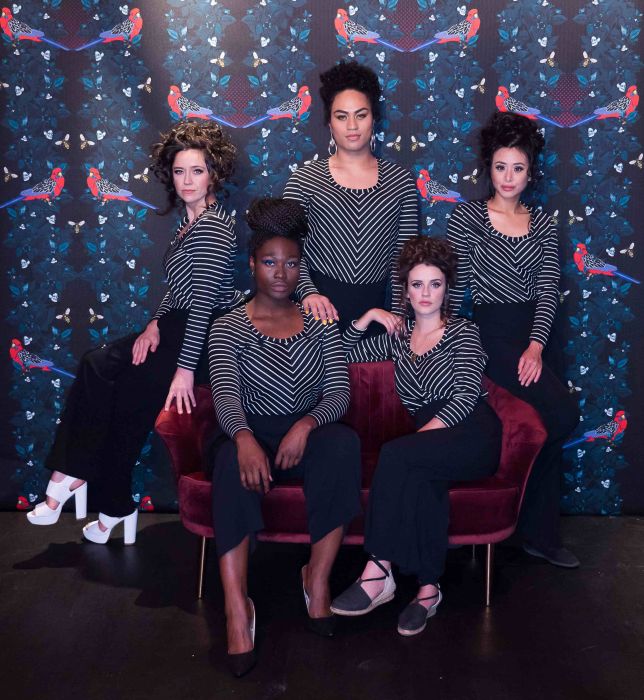Who killed Juanita Nielsen? Why did they get away with it? And what does her unsolved murder tell us about gentrification, housing affordability and justice in Sydney four decades ago and today?
These questions lie at the heart of The Beehive, an experimental video installation by artist Zanny Begg and creative producer Philippa Bateman screening at the UNSW Galleries in Paddington as part of the Sydney Festival.
Juanita Nielsen was a fashion style icon, journalist and pioneering campaigner for low-cost housing in the inner city. She was friends with Jack Mundy and involved in the Green Bans – fighting publicly against the violent eviction of tenants on Victoria Street in Kings Cross.
Nielson disappeared on July 4, 1975, after she was called to the Carousel Cabaret nightclub in Kings Cross to discuss advertising for the club in her newspaper, NOW.
Although Nielson’s handbag and other effects were discovered on July 12, she was never seen again.
As Begg told the Daily Telegraph, “Juanita was this incredible figure who cared about this issue and gave her life trying to defend low-income housing in the inner-city.
“She believed a place like Kings Cross should be a place for everyone rather than just being a place for the extremely well-heeled.”
Thanks to algorithmic editing, the scripted fiction, documentary interviews and choreographed sequences that make up The Beehive evolve with each viewing – offering around 1,344 glimpses into Nielson’s activism and disappearance. The film also features 12 versions of Nielson played by 12 different actors, including Wentworth star Pamela Rabe.

“The Beehive” refers to Nielsen’s signature hairdo but Begg also uses the metaphor to challenge viewers to think more deeply about community and architecture.
The selling of Miller’s Point and the Sirius building, the gentrification of Potts Point, and the “urban renewal” of Redfern and Waterloo all show that the issues Nielsen campaigned for have not gone away.
Begg says that along with saving buildings, we need to think about the people in the buildings and their communities – striking a blow for housing affordability in what has become one of the top five least affordable cities in the world.
The film is a reminder that other residents suffered similar fates to Nielsen: Esther Blaskhaus was murdered through an arson attack on her property and activist Arthur King was kidnapped and locked in the boot of a car for three days.
It also reminds us that Sydney’s Indigenous people continue to suffer the effects of dispossession and that the fight for housing justice in Sydney is far from over.
The film is accompanied by an exhibition of memorabilia relating to Nielson’s activism and Radical Sydney, a public discussion series exploring themes inspired by her story.
Highlights of the series in February include: a discussion about maintaining public housing in Sydney (Feb 9); a Q&A with filmmaker Clare Lewis about There Goes Our Neighbourhood (Feb 21); and a discussion about what justice for Juanita Neilson might mean today (Feb 23).





